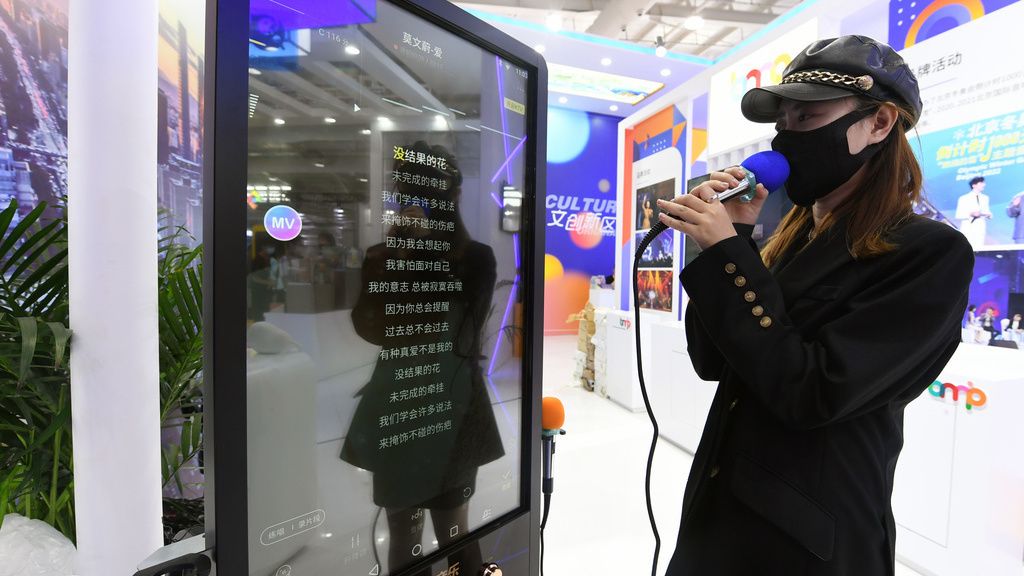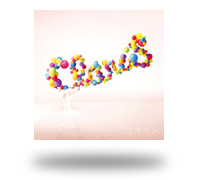

– Check out this very detailed Japanese write-up about how to get better at karaoke. You’ll be surprised how quickly you gather the subtleties of the songs. Keep them in your car or load them on your smart phone. – The best way to learn enka: Buy a couple “Best of” CDs for a handful of artists and then force yourself to listen to listen to them over and over. I think this is why you see Miya Shiro and Nagata Atsushi of the Tonosama Kings both make use of an almost painfully undulating kobushi: this is when the elements of the genre were put into place, and these two may have put kobushi right up at the top. – It’s interesting that the top five songs are from 1978 and earlier and that the top two are from the 1972-1973 period when enka as a genre was first getting defined. This also gives singers a moment to greet the audience and fellow performers and to gracefully position themselves in preparation to sing. All enka songs begin with a 10-30 second instrumental section which allows the emcee to give a quick intro of the performer and describe the effect the song has had on the populace.

It’s also interesting to note that this song came out in 1995! It sounds like it could be much older, and the sepia-toned album cover supports the idea that some country, like enka, is a modern music designed to seem much older and more traditional: I think this twang was probably first introduced (or at least perfected) by Hank Williams. – One non-shitty country western thing before we return to enka: A classic example of country western kobushi (aka “twang”): Wayne Hancock’s “ Thunderstorms and Neon Signs.” Sure, there’s a bunch of terrible shit, but at least we’re free. At least you’re free? It’s always felt to me that this line sweeps anything knocked down in pursuit of freedom under the carpet. Second, the “at least” has always bothered me. First, “American” isn’t a place, so modifying it with “where” is just wrong. In terms of nationalism, though, I’m thinking in particular of Lee Greenwood’s “God Bless the U.S.A.” which has made me throw up in my mouth a little since I first heard it at summer camp in 1994, in particular the line “I’m proud to be an American where at least I know I’m free.” Where to start with this line. Country music has been codified and formulated much in the same way that enka has, and I think it even has it’s own vocal stylings much in the same way that enka has kobushi. – Enka, as Yano notes, “has been reconstructed to invoke ‘tradition.’” This is a pretty wide tangent for the second bullet point, but here it goes: I think what enka has done for Japan is very comparable to what country music has done in the United States.

– Here are some verbs I think would get included in the list: しみる ( shimiru, penetrate, permeate), つのる ( tsunoru, grow stronger), 許す ( yurusu, permit, allow), 逢う ( au, meet), 泣く ( naku, cry), 飲む ( nomu, drink), 降る ( furu, fall), 枯れる ( kareru, wither), すがる ( sugaru, cling to, rely on), 滲む ( nijimu, blur), 生きる ( ikiru, live), 死ぬ ( shinu, die), 帰る ( kaeru, go home, return), 誓う ( chikau, swear, pledge), 抱く ( daku, embrace), 酔う ( you, get drunk), 耐える ( taeru, endure), 行く ( iku, go), 捨てる ( suteru, throw away, dump). For a more detailed look at the book, be sure to check out Tokyo Damage Report’s detailed review. Including verbs would adjust the rankings quite a bit, and I’d be curious to see how so. The nouns she examines are useful on their own and provide some interesting analysis. My only beefs so far are that the book uses romaji instead of kanji (which is how academia does it, I get it, but always feels disrespectful of the original language) and that her look at frequency of words does not include verbs. I haven’t finished it, but I’ve read the introduction, the chapter on the history of enka, her analysis of the frequency of words, and parts on the gender roles in enka. Here are some of my thoughts about enka in bullet point style:

I had dreams of writing something more substantial about karaoke or enka, but after finding Christine Yano’s book “ Tears of Longing: Nostalgia and the Nation in Japanese Popular Song,” I realized it has already been done. I’ve been prepping it for over a month, but I actually started drafting the original idea three years ago (made it through songs 1-9) after coming across the list of bestselling enka. Wow, I can’t believe I got through that whole damn bestselling enka exercise.


 0 kommentar(er)
0 kommentar(er)
